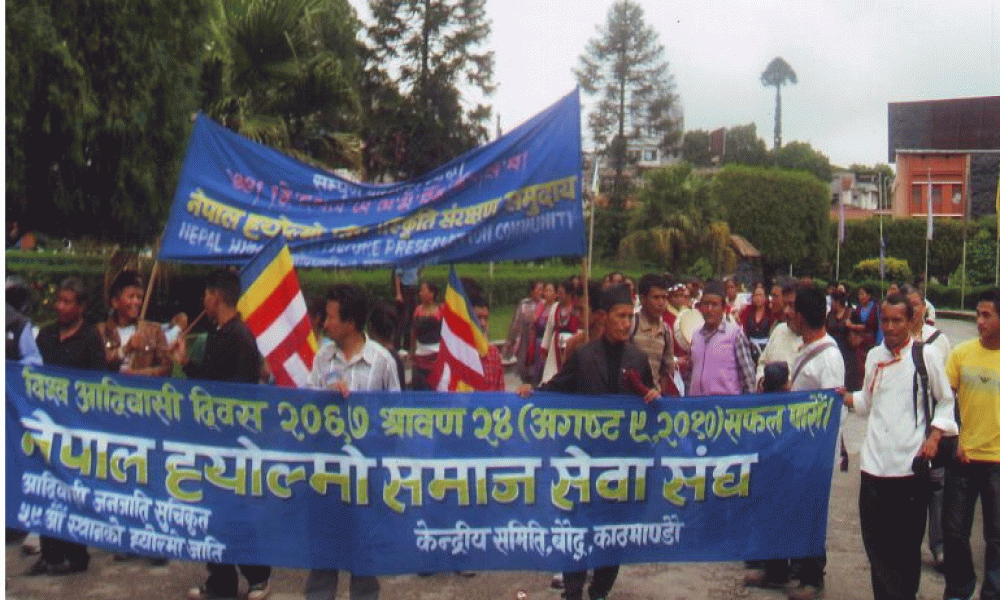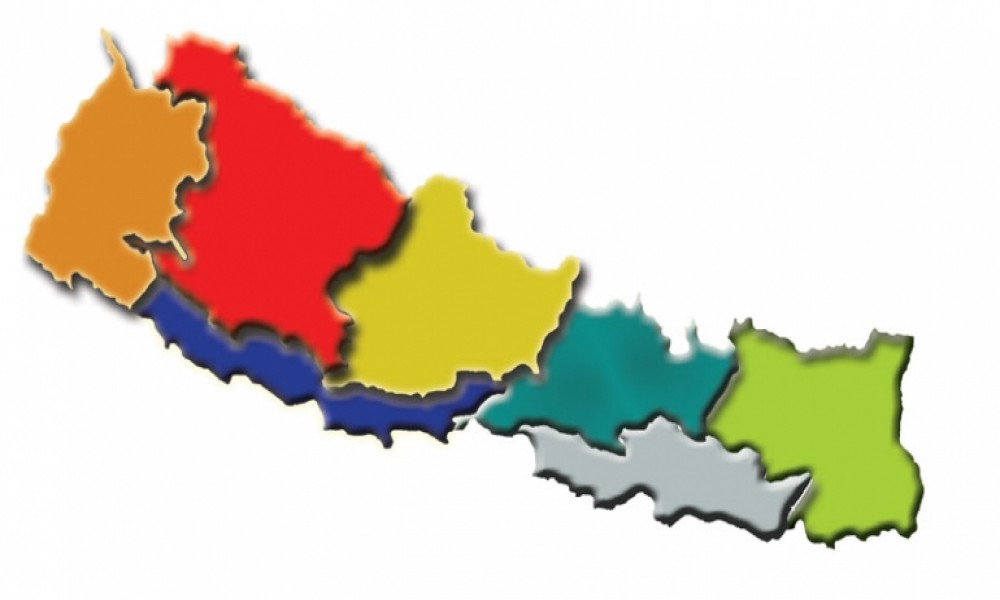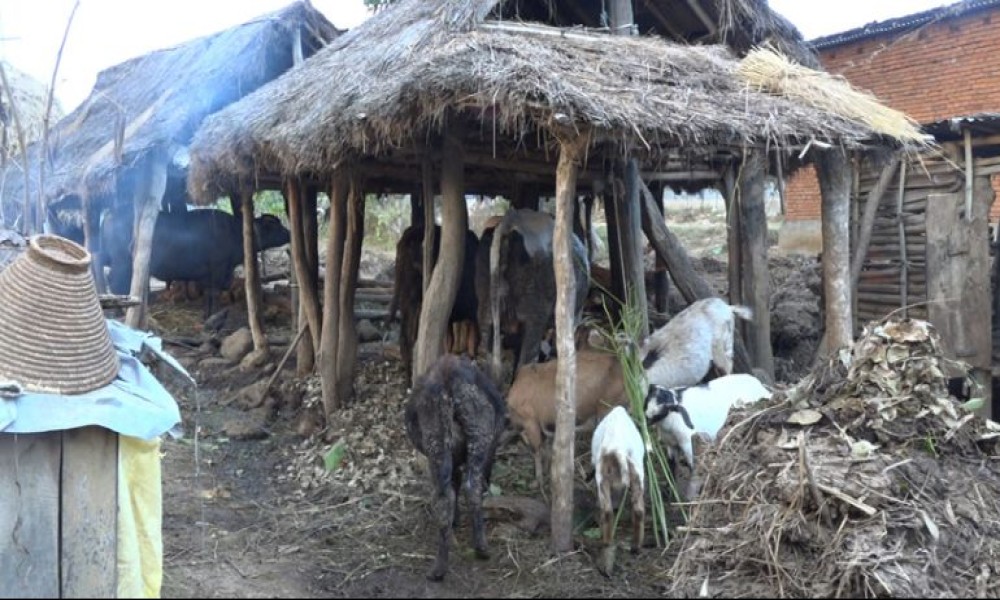Lakpa Hyolmo
Hyolmos, also spelled as Yolmos or Yholmos, are one of Nepal's distinct indigenous groups. Their population totals around just 1,000, according to the 2011 census report. But Nepal Hyolmo Society, an association of Hylomo people, claims otherwise. It says their population could reach as height as 25,000.
Hyolmos live in hilly and mountainous region, mainly in Sindhupalchok, Nuwakot, Rasuwa, Kaski, Ramechhap and Gorkha districts. They have their distinct language, culture, attire, lifestyle and economic activity. They are one of the 59 indigenous nationalities listed by the government. And like other indigenous communities, they too feel alienated by the state traditionally dominated by high-caste hill Brahmins and Chhetris.
Hyolmos are fond of their culture. And they are leaving no stone unturned to promote and preserve their culture. Hyolmo Society has been publishing books, newspapers and magazines to promote their language, culture and identity. But lack of quality workforce has been an obstacle. Most of their publications have stalled because of scarcity of trained journalists, writers, editors and committed promoters.
The history of Hyolmo language journalism is not old. It began only some two decades ago. In 2053 BS, Hyolmo Foundation and Community Service Center launched a Hylomo language cultural magazine.
The history of Hyolmo language journalism is not old. It began only some two decades ago. In 2053 BS, Hyolmo Foundation and Community Service Center launched a Hylomo language cultural magazine. That was their first tryst with journalism. But this magazine did not survive beyond the first issue. The foundation began publication of Dhingsang Hyolmo – a yearly magazine in both Hyolmo and Nepali languages – that same year. After three issues, it also failed to survive.
In 2061, Hyolmo Jyalga Publication Group brought out tow issues of Hyolmo Jyalga magazine. In 2062 BS, Hyolmo Society published a book on history and culture of Hyolmo. But it was published in Nepali language.
Apart from these institutional efforts, some individuals have also published books on Hyolmo. In 2060 BS, Anna Maria Hari and Chhegu Lama published a Nepali-Hyolmo-English dictionary. Hari published another book titled Hyomo Loo on Hyolmo folk songs and culture. In 2062, Sange Lama published a collection of poems in Hyolmo language.
Despite lack of resources and trained manpower, Hyolmos are facing obstacles in every step in journalism sector. But their commitment to promote and preserve their identity, culture and language through journalism is unparalleled.
In 2005, Hyolmo society and organizations undertook a joint effort to run a radio program in Hyolmo language. They started running a Hyolmo language program in HBC radio. Sange Lama, the writer of the collection of Hyolmo poems, was the program host. She used to inform Hyolmo community about local, national and international events while entertaining them with Hyolmo music. But when HBC radio shut down, this program also died a premature death. Later, Hyomo communities again launched another radio program, Hyolmo Lukso, in Namo Buddha FM radio.
Despite lack of resources and trained manpower, Hyolmos are facing obstacles in every step in journalism sector. But their commitment to promote and preserve their identity, culture and language through journalism is unparalleled.









